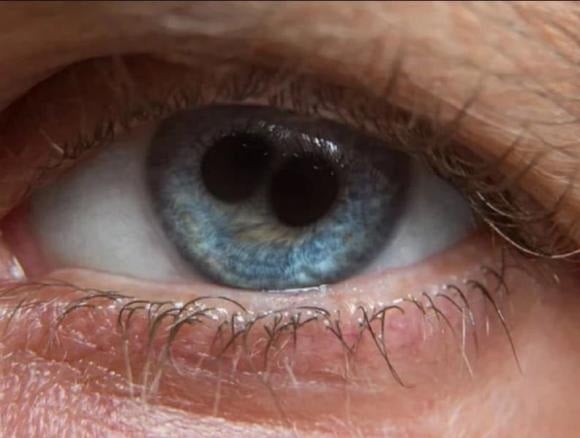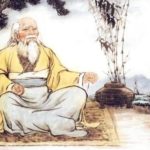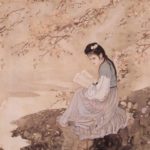## Unraveling the Mystery of Heterochromia Iridis: The Legends and Facts Behind the Rare Eye Condition

The Eight Historical Figures with Heterochromia
Heterochromia iridis, or more commonly known as “double pupil,” is a rare eye condition where an individual has two different colored irises. In ancient times, this phenomenon was considered a mark of greatness, a sign of divine selection, and those endowed with it were often associated with royalty, military generals, or saints.
### The Legendary Chinese Figures with Heterochromia
Chinese history records eight remarkable individuals with heterochromia, each leaving an indelible mark on the nation. The first was Cang Jie, revered as the creator of Chinese characters and the initiator of the country’s rich writing culture. His heterochromia was believed to signify his extraordinary wisdom and creativity.
Shun, one of China’s mythical emperors, was famed for his virtue, talent, and immense contributions to the country’s governance and people’s well-being. His heterochromia was seen as a mark of divine mandate and sanctity.
The first emperor of a unified China, Qin Shi Huang, was known for his ruthless pursuit of power. His heterochromia, coupled with his elongated eyes, further reinforced the belief in his divine right to rule. Another notable figure was Xiang Yu, nicknamed “Lord Double Pupil,” a formidable general with extraordinary strength, whose life ended in tragedy.
Jin Wen Gong, the ruler of the State of Jin during the Spring and Autumn period, presided over a time of great power and prosperity for his kingdom, earning him a place among the “Five Hegemons of the Spring and Autumn Period.”
Gao Yang, the founder of the Northern Qi Dynasty, was said to have been born with heterochromia, astonishing his family with his far-sighted vision.
Yu Chaola, a brilliant star of the Sui Dynasty, stood at 1.8 meters tall and possessed extraordinary arm strength, heavy-lidded eyes, and a booming voice. Li Yu, a renowned emperor, poet, painter, and calligrapher of the 10th century, was also among those with heterochromia.
### The Truth Behind Heterochromia
While modern medicine explains heterochromia as a congenital defect caused by iris adhesion, ancient people attributed mystical and divine significance to it. If individuals with this condition achieved great things, it reinforced the belief that they were favored by the heavens and destined to lead or guide others.
However, not all with heterochromia became emperors or saints, and many ordinary individuals with this condition went unrecorded in history. Heterochromia was one of the physical traits that ancient physiognomy considered indicative of a special destiny, reflecting the superstition and belief in fate prevalent in those times.
The historical figures with heterochromia left indelible marks on the annals of history, intriguing and fascinating generations to come. Ultimately, it was their achievements and virtues that defined their greatness, rather than their physical anomalies. While none of us may be born with heterochromia, we can certainly create our unique “anomalies” through hard work and talent.





































